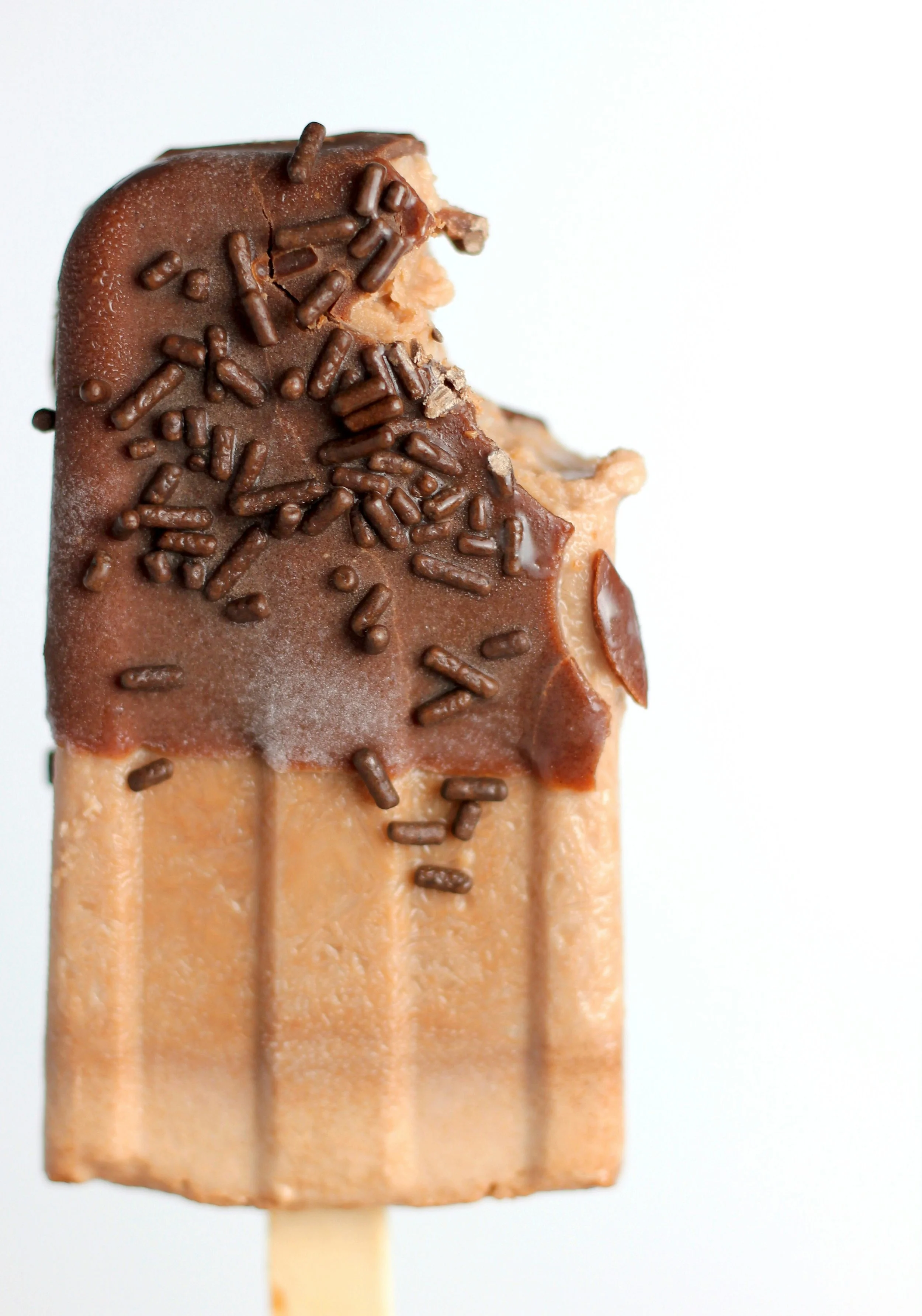“Ice cream is exquisite – what a pity it isn’t illegal.” — Voltaire
Mmmm! Ice cream! For many of us, just the thought of ice cream conjures up memories of frosty sweetness on warm summer nights, the familiar ring from the bells of the ice cream truck as it rolled down the street, and sticky fingers as the melting ice cream dripped down the side of the crispy cone. Lucky for us, ice cream is perfectly legal (and not to mention absolutely delicious!), and we don’t need a special day to celebrate its yumminess -- we can praise this tasty treat any time, but now is the perfect time because July is National Ice Cream Month. Additionally, the third Sunday of July has been designated National Ice Cream Day. This year, the holiday falls on Sunday, July 20.
National Ice Cream Month and National Ice Cream Day were first established by President Ronald Reagan in 1984, and Proclamation 5219 hailed ice cream as “a nutritious and wholesome food” and “the perfect dessert and snack food.” According to the proclamation, 887 million gallons of ice cream were enjoyed in the United States in 1983. Compare that to the 1.31 billion gallons manufactured in 2024 and the roughly four gallons that each American consumes each year. Here in Texas, we have our own locally made ice cream, Blue Bell. This year, the Texas Legislature has designated Brenham, the home of Blue Bell Creameries, as the “Ice Cream Capital of Texas.” Blue Bell got its start in 1907, but the history of ice cream as we know it can be traced to 1843, when Nancy Johnson of Philadelphia, Pennsylvania, first invented the artificial freezer. It wasn’t until 1903 when the first patent for an ice cream cone was issued.
What Is Ice Cream?
21 CFR § 135.110 sets forth the official description of ice cream and the standards by which ice cream and its content are judged. According to the CFR, ice cream is a food produced by freezing, while stirring, a pasteurized mix consisting of one or more of the specified optional dairy ingredients and other specified optional milk proteins and suitable nonmilk-derived ingredients and “sweetened with safe and suitable sweeteners and may be characterized by the addition of flavoring ingredients.” Section 135.110 also defines the amount of milkfat and sets out the requirements for package labeling. Texas has its own regulations and rules relating to the manufacture of frozen desserts. 25 TAC ch. 217 focuses on inspections of the premises where frozen desserts are manufactured; the protection of consumer health and safety; and guidance for manufacturers in meeting state requirements.
Litigation
Like any business, the ice cream manufacturing enterprise has a not-so-sweet side and sometimes may find itself on either side of a lawsuit. Here are a few key cases in which ice cream, its ingredients, or its labeling had played an important role:
McKinley et al. v. Conopco, Inc. et al.: One of the most recent cases involving ice cream was an $8.85 million settlement in a class action against Conopco, Inc. and Unilever United States, Inc. The dispute arose over defendants’ use of Breyers® Natural Vanilla ice cream on its cartons. Plaintiffs alleged that such labeling could mislead consumers into believing that the ice cream contained vanilla flavor derived from the vanilla plant and not from non-vanilla plant sources.
Blue Bell Creameries L.P.: As a result of a Listeria outbreak, Blue Bell shut down its operation, fired or suspended a portion of its workers, and stopped paying distributions to its limited partners. In May 2020, Blue Bell pleaded guilty to two misdemeanor counts of distributing adulterated ice cream products and was fined $17.25 million, “the largest ever criminal penalty following a conviction in a food safety case.”
Good Humor Corporation of America v. Popsicle Corporation of United States et al. (59 F.2d 344 (1932)): Burt United States, the owner of Patent No. 1,470,524 for the “Process of Making Frozen Confections,” entered into a license agreement with Popsicle that included Patent No. 1,470,524 and allowed for the manufacture of frozen suckers on a stick. When Popsicle began manufacturing and selling “Milk Popsicles,” an ice cream product coated in chocolate, plaintiff Good Humor filed a suit in equity alleging patent infringement. The court agreed, finding that the making of a frozen sucker on a stick using milk, ice cream, etc. was not part of the license granted to Popsicle.
We hope you take the time to properly celebrate National Ice Cream Day on Sunday. Whether it’s a cone, a sundae, or just a scoop, just enjoy!




